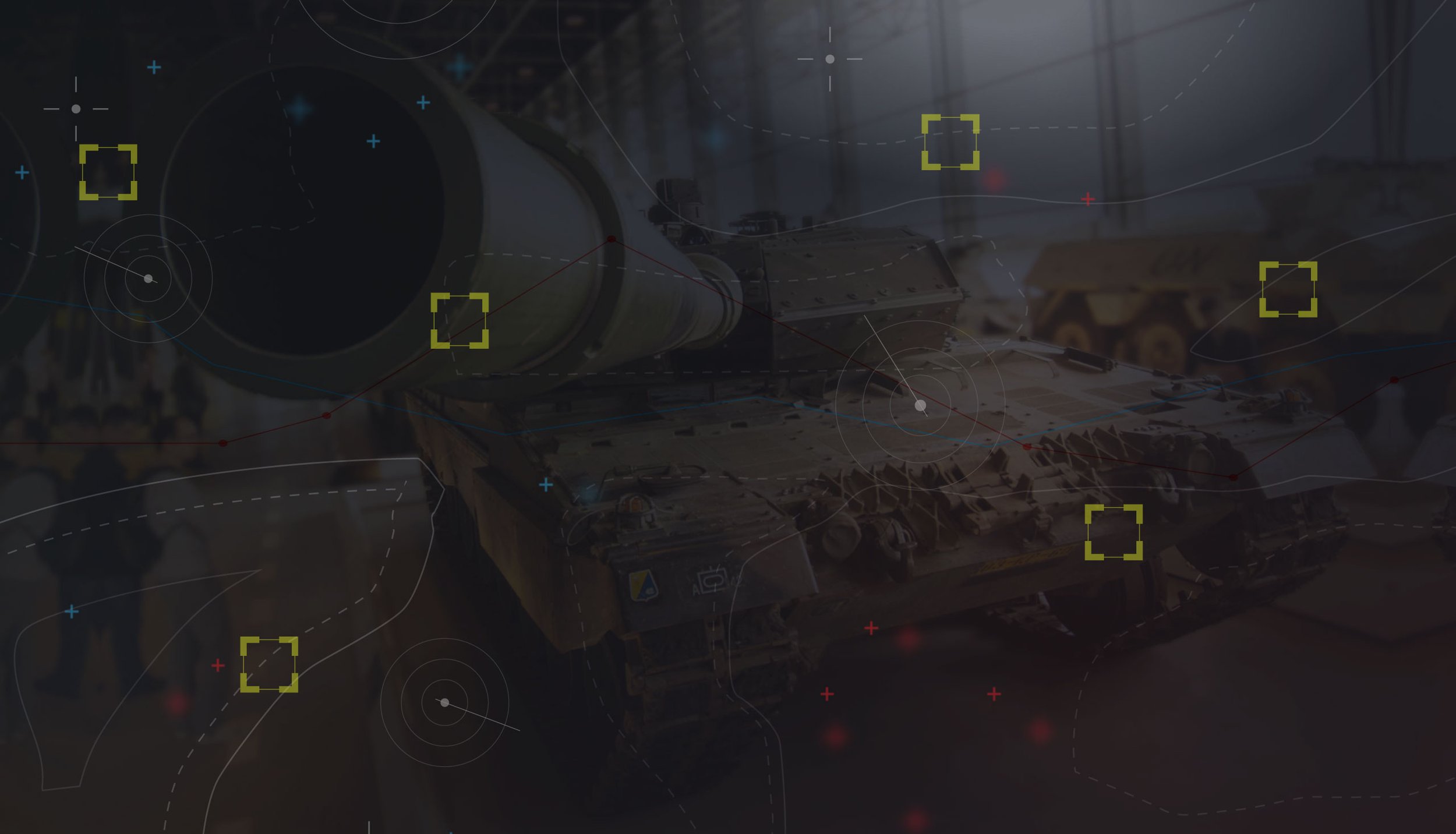Project Case StudyRevolutionizing Long Range Precision Fires through Decision-Centered Engineering.

Description
The Long-Range Precision Fires Cross-Functional Team invested in Synchronized High OP-TEMPO Targeting (SHOT) to use Artificial Intelligence and Machine Learning algorithms to bring together the far-reaching ISR constellation and the power of offensive fires.
The programs’ objective is to automate target vetting and support target validation for Deep Fire missions by aggregating Multi-Domain Operations (MDO) ‘observations’ from National and Theater level platforms with operational and tactical data sets. This provides a resilient and rapid targeting capability in Anti-Access/Area Denial (A2/AD) Environments.
RCS was brought onto the SHOT project to develop game-changing speed and decision effectiveness in target development, by providing an elegant, intuitive decision support system, to give Soldiers the advantage over their adversaries.
Work Focus & Intent
The design and implementation of the SHOT decision support system was completed using best practice Cognitive Systems Engineering (CSE) and lessons learned from ACoVE (SBIR Phase II) to provide undeniable mission benefit to the user over conventional user interface design. It affords soldiers deep situational understanding and expert control over Long Range Precision Fires (LRPF).
Research Accomplishments
A full domain Cognitive Work Analysis (CWA) was completed, along with multiple design iterations and incremental software prototype development. Analysis, design, and prototyping were all improved through feedback gained during Soldier Touch Points (STPs), Project Convergence, and additional exercises. The resulting decision support system is the culmination of CSE best practices and Subject Matter Expert (SME) feedback.
Enabling High Quality Decision-Making at Pace and Scale to Gain the Advantage Over the Adversary in an Ever-Evolving Fight.
Software
SHOT consists of 2 dashboards: AGM Viewer and Target Development Dashboard. RCS delivered containerized (Docker) NodeJS prototypes incorporating React and D3.js. The server architecture allowed for seamless switching of data repositories and back end server processes to easily allow the same container to be used in development, staging, or production environments based on changes in the Docker configuration file (yml).
Deeper understanding of the operational Environment
Leverage technological advances to provide Soldiers an unprecedented understanding of the battlespace, equipping them to achieve the Commander’s intent in ambiguous, novel, and difficult situations.
Automate the positive identification of targets to provide nuanced, clear information about the algorithm’s processes in a way that reflects how experts think about identifying targets.
Facilitate a shared mental model between Intel and Ops to facilitate seamless decision collaboration.
Strengthen the bridge between Intel and Ops to enable next level performance from the entire system.





